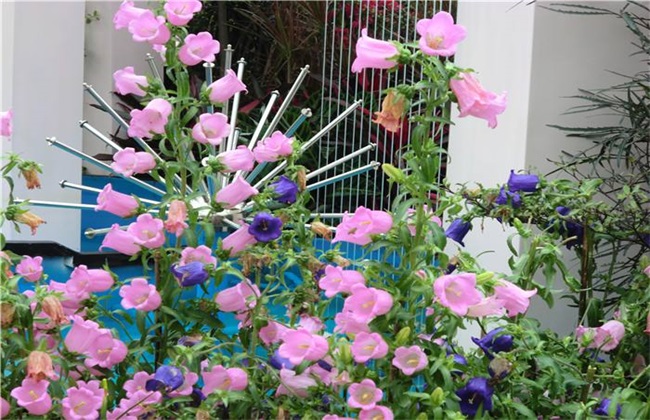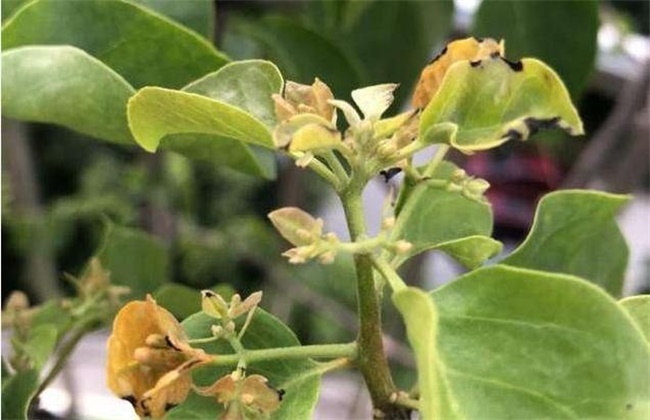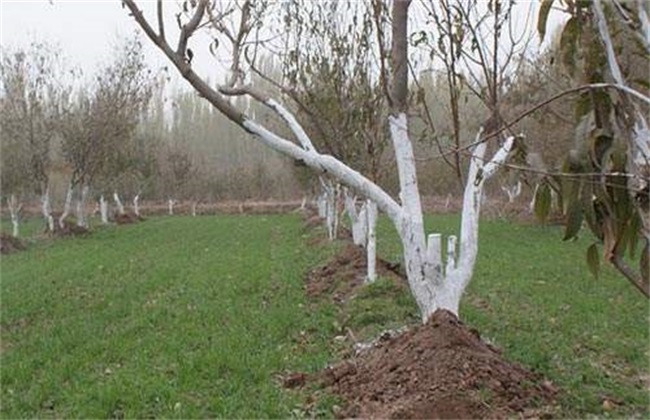Culture methods of Campbell Flowers
Campanula, also known as Golden Bell, is an evergreen shrub of Malvaceae, which is widely cultivated in southwest China. The ornamental value of bluebells is very high, and it is very popular as a kind of potted plant in our country. And the leaf flower of Campanula also has the effect of promoting blood circulation and removing blood stasis, relaxing muscles and dredging collaterals, which is welcomed by many people. So how to raise the wind chimes? The following editor brings you the breeding method of wind chimes, let's have a look!

1. Methods of reproduction
The propagation method of Campanula is generally based on cuttage propagation. For cuttings around July every year, you first need to select the semi-lignified twigs that grow within two years and cut them to about 10 centimeters long. Then clean the leaves in the lower part of the cuttings, dip them in the rooting agent appropriately, and then insert them directly into the middle of the sudden half or 1 to 3 deep, properly watering to keep moist. Attention should be paid to the selection of sandy loam soil with sufficient fertility and normal drainage and irrigation for cutting. After cutting, the cuttings will take root in about a month or so.
2. Water and fertilizer management
When raising bluebells, watering is indispensable. The wind chime flower already likes to grow in a relatively humid environment, so we should pay attention to maintain a humid environment when the wind chime peanut is long-term. When watering, it should be based on the principle of seeing dry and wet. If the air is relatively dry, then it is necessary to properly sprinkle water around the plant to increase air humidity. However, the amount of water should not be too much, and the amount of water should be controlled to avoid the rotting roots of wind chimes caused by stagnant water in the soil, which will affect the normal growth of wind chimes. Then it is necessary to apply fertilizer properly, because the nutrient absorption capacity of bluebells is poor, so we should pay attention to topdressing in time during the peak growth period in spring to provide them with adequate nutrition.
3. Daily management
Light is very important to the growth of bluebells, which directly affects the normal growth of bluebells. Campanula has a large demand for light, so we should pay attention to provide sufficient light for it in the process of its growth. However, it should be noted that the wind chimes can not be exposed to direct sunlight, so we should maintain a good permeability and avoid direct sunlight on the leaves of the wind chimes in summer. Then to control the temperature, the high temperature tolerance of bluebells is relatively poor, the suitable temperature for growth is about 10-18 degrees, too high temperature will affect the normal growth of bluebells, so we should pay more attention.
4. Points for attention
As I just said, wind chimes cannot be exposed to direct sunlight. Therefore, in the summer strong light, we should pay attention to do a good job of shading, to maintain a good ventilation. Then we should pay attention to the prevention and control of diseases and insect pests. Bluebells are very easy to produce diseases and insect pests in an environment with dry air and poor ventilation. The common diseases and insect pests are verticillium wilt, red spider and so on. Diseases and insect pests will have a great impact on the growth of bluebells, resulting in a decline in ornamental. Therefore, we must often check the growth of bluebells, after the occurrence of anomalies, find out the cause and then take corresponding measures.
The above is a brief introduction to the breeding methods of bluebells. That's all for today's introduction. This article is for reference only. I hope it can help you all.
Related
- Fuxing push coffee new agricultural production and marketing class: lack of small-scale processing plants
- Jujube rice field leisure farm deep ploughing Yilan for five years to create a space for organic food and play
- Nongyu Farm-A trial of organic papaya for brave women with advanced technology
- Four points for attention in the prevention and control of diseases and insect pests of edible fungi
- How to add nutrient solution to Edible Fungi
- Is there any good way to control edible fungus mites?
- Open Inoculation Technology of Edible Fungi
- Is there any clever way to use fertilizer for edible fungus in winter?
- What agents are used to kill the pathogens of edible fungi in the mushroom shed?
- Rapid drying of Edible Fungi



